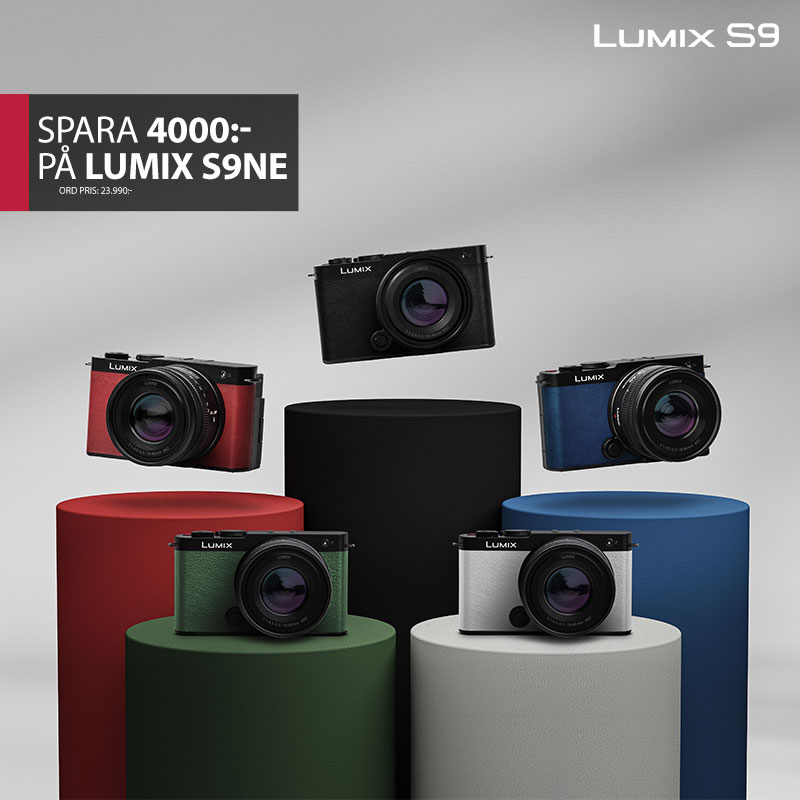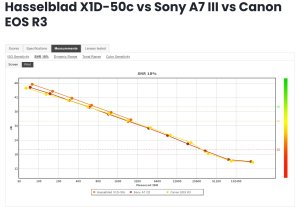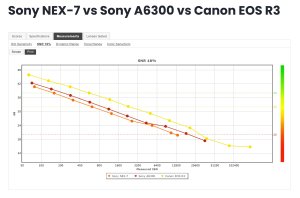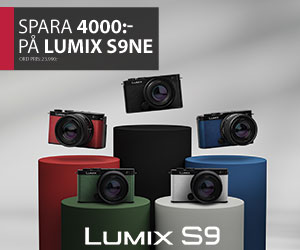Vad menar DXO med lågljusegenskaper?
Om man tittar på en graf som plottar ISO mot dynamik så skiljer det inte mycket mellan Sony A7III och Canon EOS R3.
https://www.photonstophotos.net/Charts/PDR.htm#Canon EOS R3,Sony ILCE-7M3
Om DXO:s objektivmätningar
DXO mäter skärpa i Perceptuella Megapixels och jag läser det som den verkliga upplösning man kan mäta i bild tagen med så gynnsamma förhållanden som möjligt (det som ger högsta MTF-värdena)
Här kan du läsa om hur DXO mäter skärpa och testar objektiven
DXOMARK lens testing protocol and scores - DXOMARK
"We select the lowest actual
ISO speed of the camera to acquire images with a
minimum level of noise. We set the exposure so that the white squares of the target are just below sensor
saturation in RAW format, to ensure that the entire dynamic of the sensor is used. Of course, we deactivate all sharpening options and stabilizing systems of the camera or lens. For each focal length and aperture of the lens, we take pictures at 60 different focusing positions around the focusing point set by the camera’s autofocus system. We then use the sharpest image to measure the camera’s MTF.
We use these results to generate the DxOMark resolution score. The score represents the
sharpness performance of a lens-camera combination averaged over its entire focal length and aperture ranges and is computed as follows:
For each focal length and each f-number sharpness is computed and weighted across the image field, with the corners being less critical than the image center. This results in a number for each focal length / aperture combination. We then choose the maximum sharpness value from the aperture range for each focal length. These values are then averaged across all focal lengths to obtain the DxOMark resolution score that is reported in P-
MPix (Perceptual Megapixels)."
It’s worth noting that for lenses with a wide zoom range the differences between sharpness at different focal lengths can be quite significant. For most lenses, sharpness in P-Mpix is typically between 50% and 100% of the sensor
pixel count, and differences smaller than 1 P-MPix are usually not noticeable. The best resolutions are usually achieved by prime lenses at apertures between f/2.8 and f/8.
Nedan avhandlas Low Light-egenskaper och hur dessa mäts
Sports & action score: Low-Light ISO
Unlike the two previous scenarios in which light is either generous (studio) or the camera can be mounted on a tripod (landscape), photojournalists and action photographers often struggle with low available light and fast motion in the scene. When shooting sports or action events, the photographer’s primary objective is to freeze motion, giving priority to short exposure times. To compensate for the lack of exposure, photographers have to increase the ISO setting, which results in a decreased signal-to-noise ratio (SNR). How far can ISO be increased while maintaining decent image quality? The DxOMark
low-light ISO metric will give you this information.
The SNR indicates how much noise is present in an image compared to the actual image information (signal). The higher the SNR value, the better the image quality, as detail is not drowned out by noise. The SNR is given in dB, which is a logarithmic scale: an increase of 6 dB corresponds to doubling the SNR, which in turn equates to half the noise for the same signal. A SNR value of 30dB means excellent image quality. We have therefore defined low-light ISO as the highest ISO setting for a camera that allows it to achieve a SNR of 30dB while keeping a good dynamic range of 9 EVs and a color depth of 18bits. A difference in low-light ISO of 25% equals 1/3 EV and is only slightly noticeable. Low-light ISO is an open scale.









